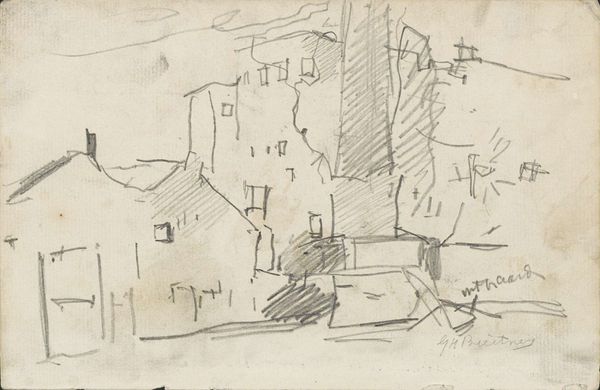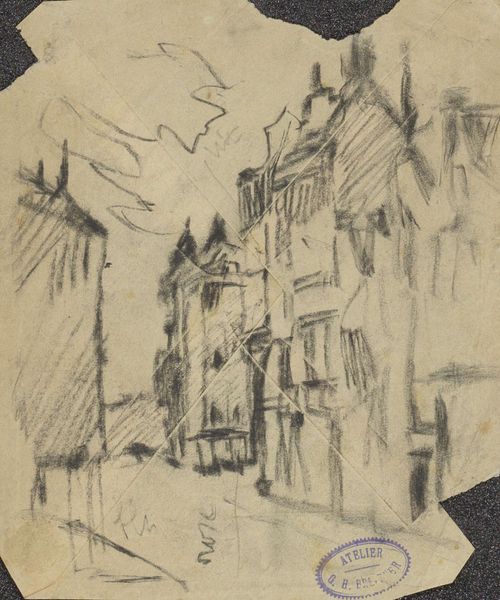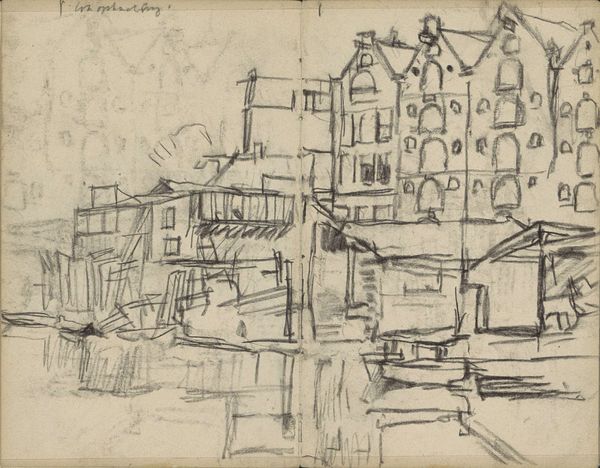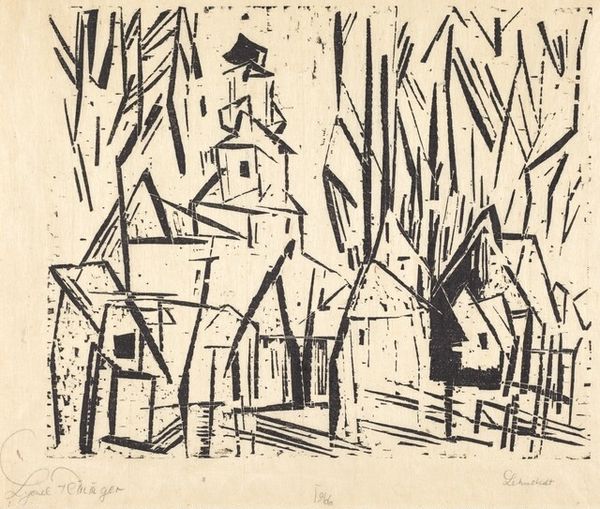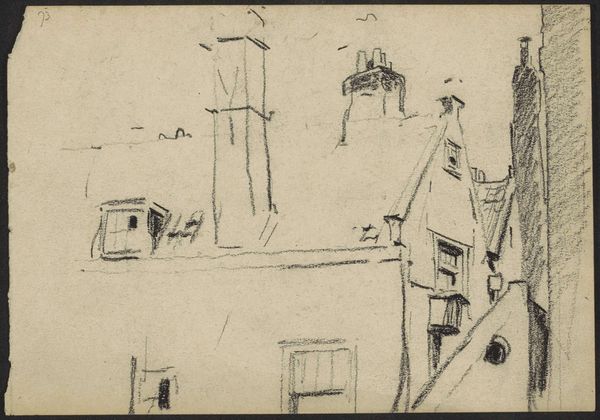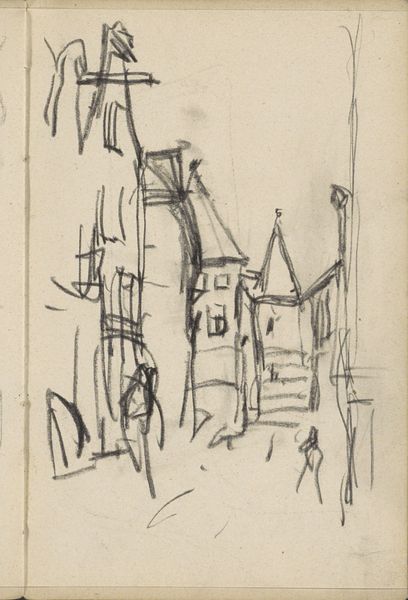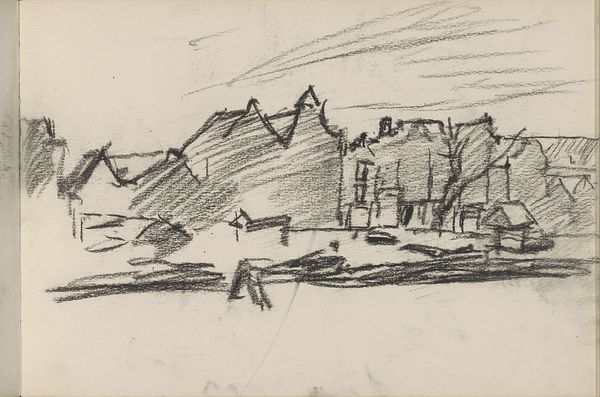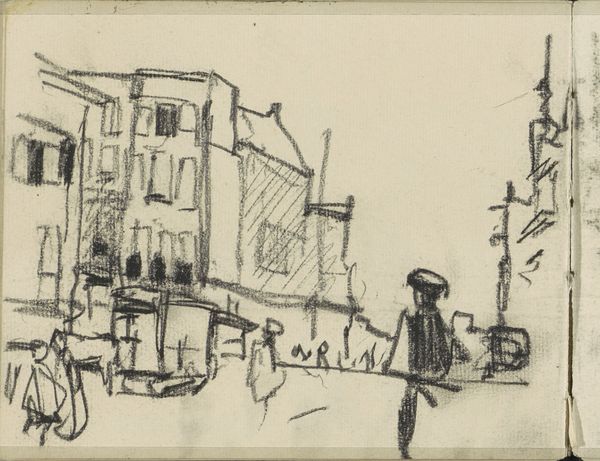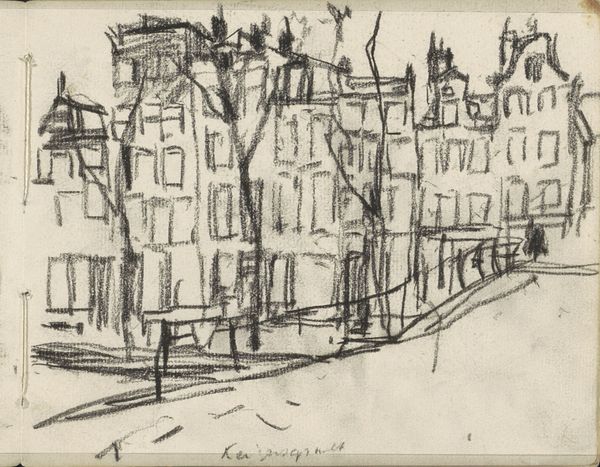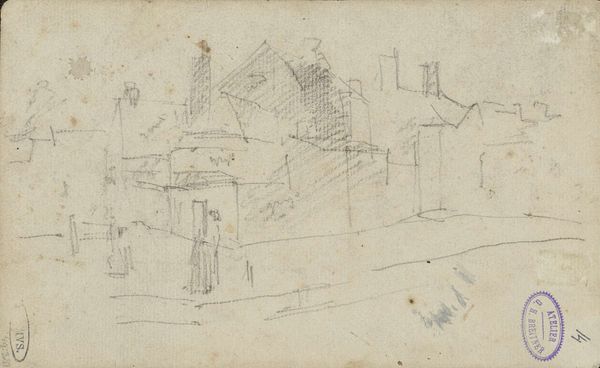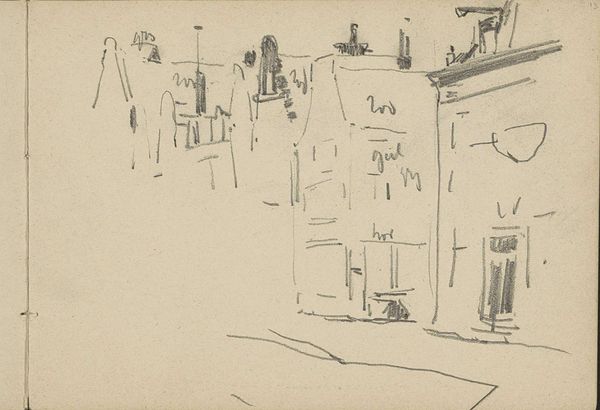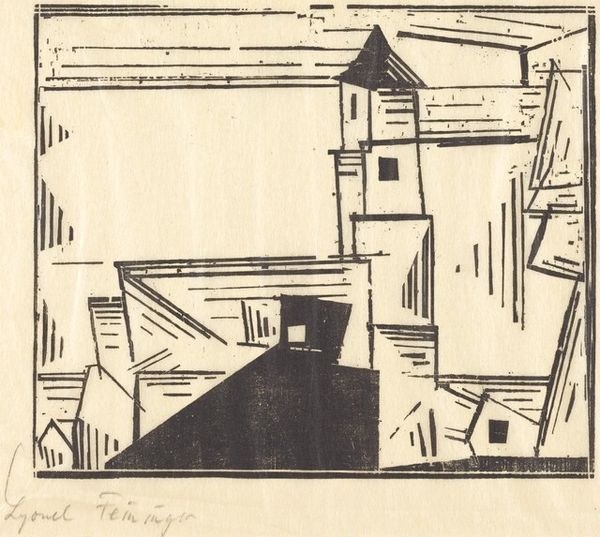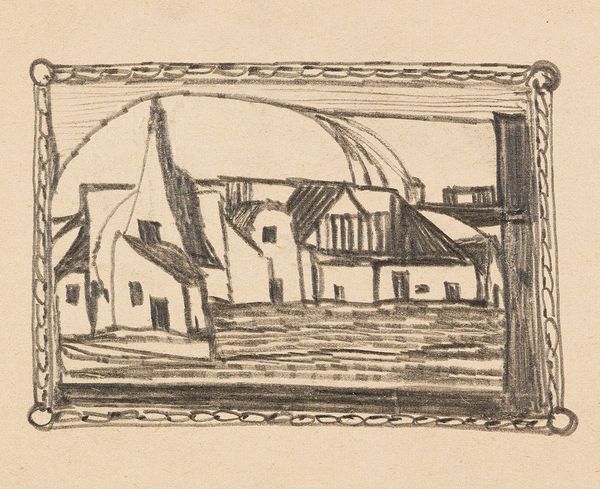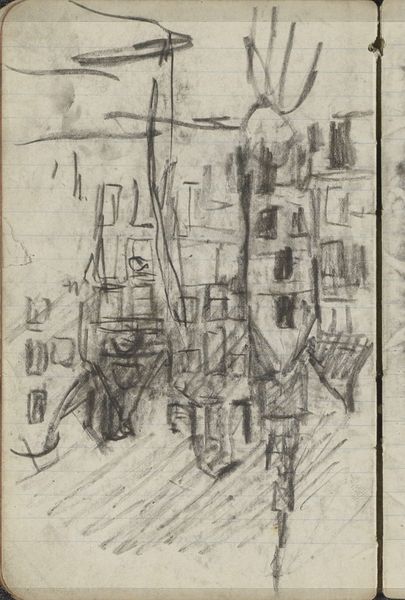
City with Church in the Sun (Stadt mit Kirche in der Sonne) 1918
0:00
0:00
# print
#
german-expressionism
#
abstraction
#
cityscape
Copyright: National Gallery of Art: CC0 1.0
Editor: This print, "City with Church in the Sun" by Lyonel Feininger, was created in 1918. The sharp, angular lines are striking. What can you tell me about the techniques or materials used in this cityscape, and how they contribute to its impact? Curator: What interests me is the printmaking process itself, a crucial aspect often overlooked. Here, we see the mark of the woodcut, each line a deliberate carve, the negative space equally vital. Think about the labor involved. Feininger, affiliated with the Bauhaus, embraced this "less refined" medium. Why do you think that a fine artist would purposefully turn away from fine art and instead toward what many consider 'craft?' Editor: Perhaps a sense of democratizing art by using a readily available technique like printmaking to reach a broader audience? Or maybe to reject the establishment, and reclaim value through materials? Curator: Precisely! Consider the socio-political context: World War I was ending. Was Feininger responding to that devastation by simplifying, abstracting, breaking down form in a way analogous to what industrial production was doing? The woodcut as a medium moves away from unique, collectible items into reproducible goods that anyone can purchase, if they want to, shifting both artistic creation and art consumption. Editor: It's fascinating how the material choices and process so clearly mirror and respond to the surrounding societal changes. Curator: Indeed. Looking at the physical artwork in this light – its materials, its making – it transforms our understanding, it stops simply *being* an appealing German Expressionist artwork. Instead, it becomes evidence of broader artistic intentions. Editor: I see what you mean. Analyzing this print through the lens of its production and consumption brings so much more depth. Curator: Exactly. Focusing on materiality changes how we value not just this work, but the wider art world.
Comments
No comments
Be the first to comment and join the conversation on the ultimate creative platform.
